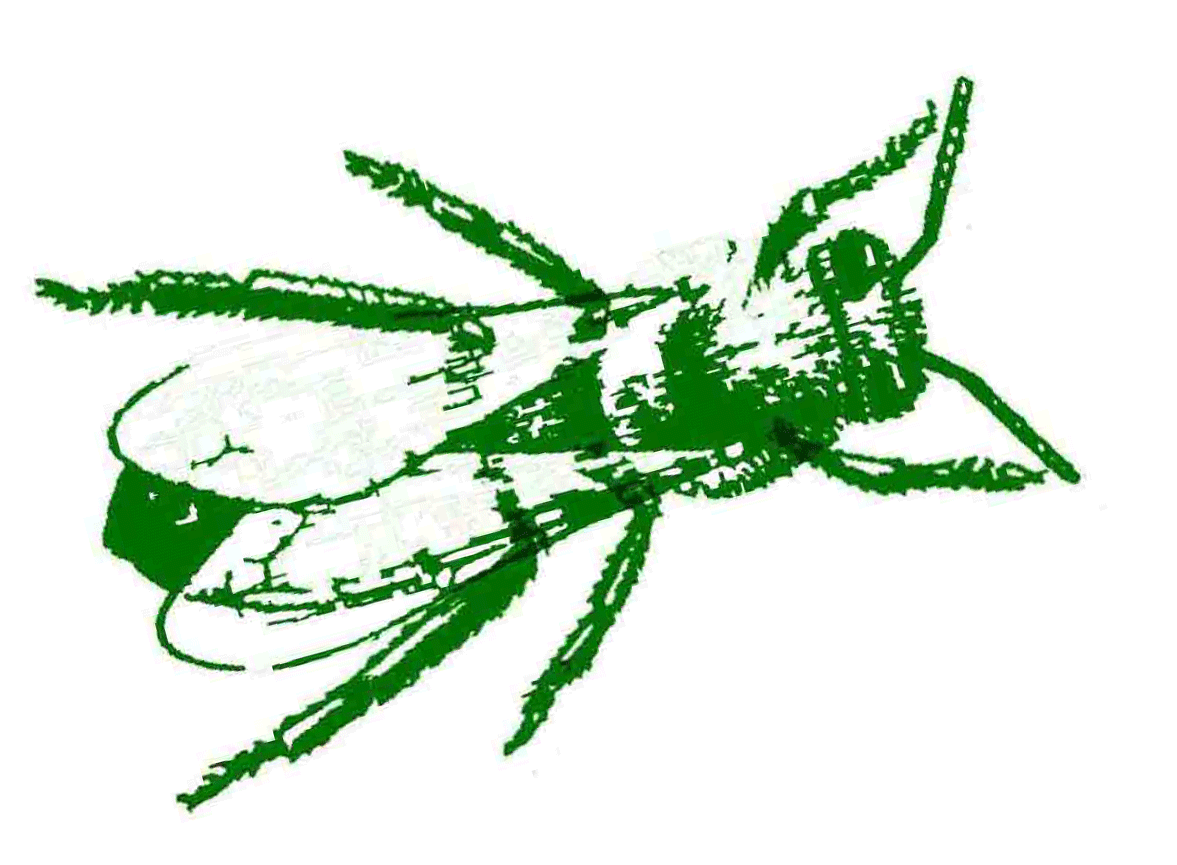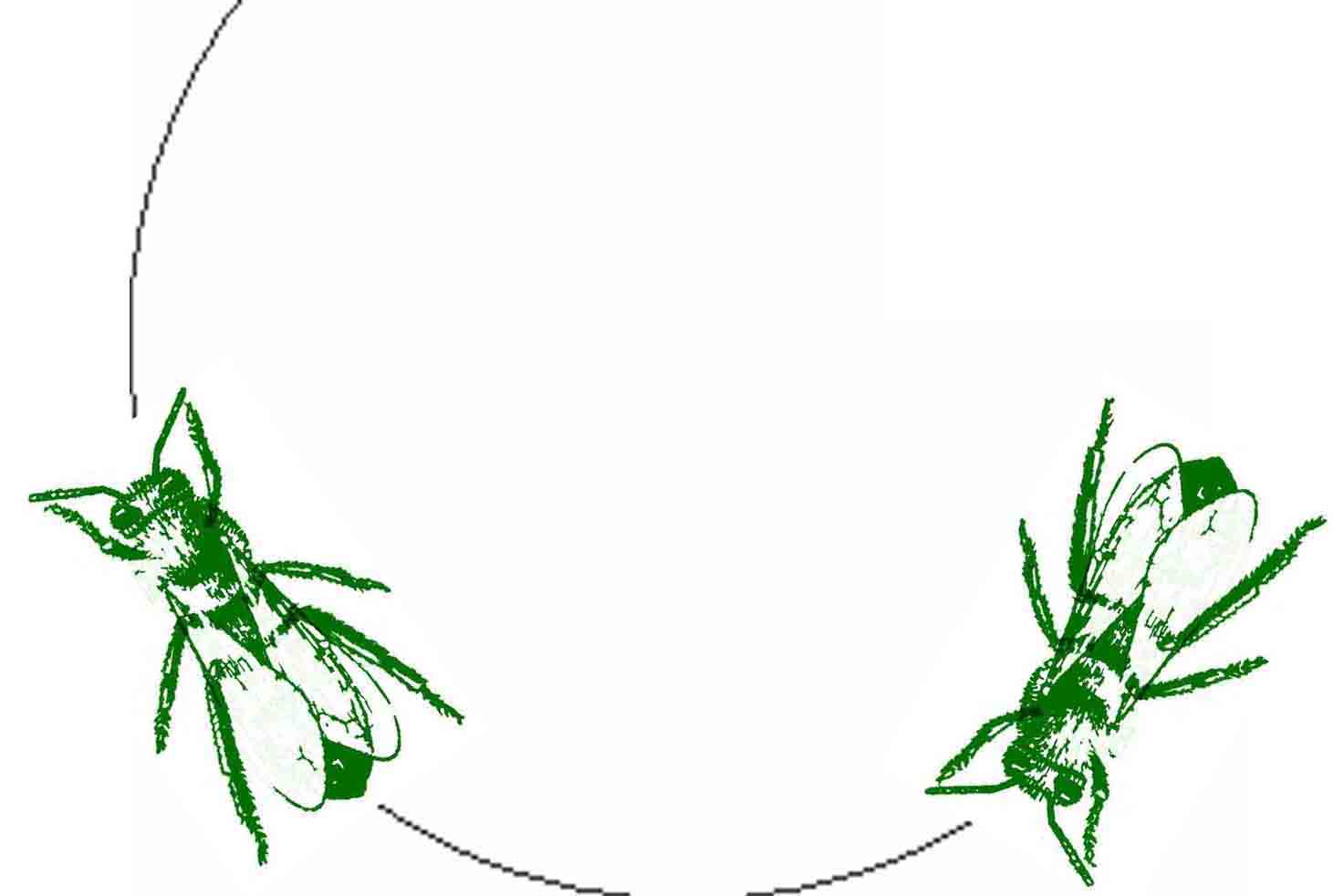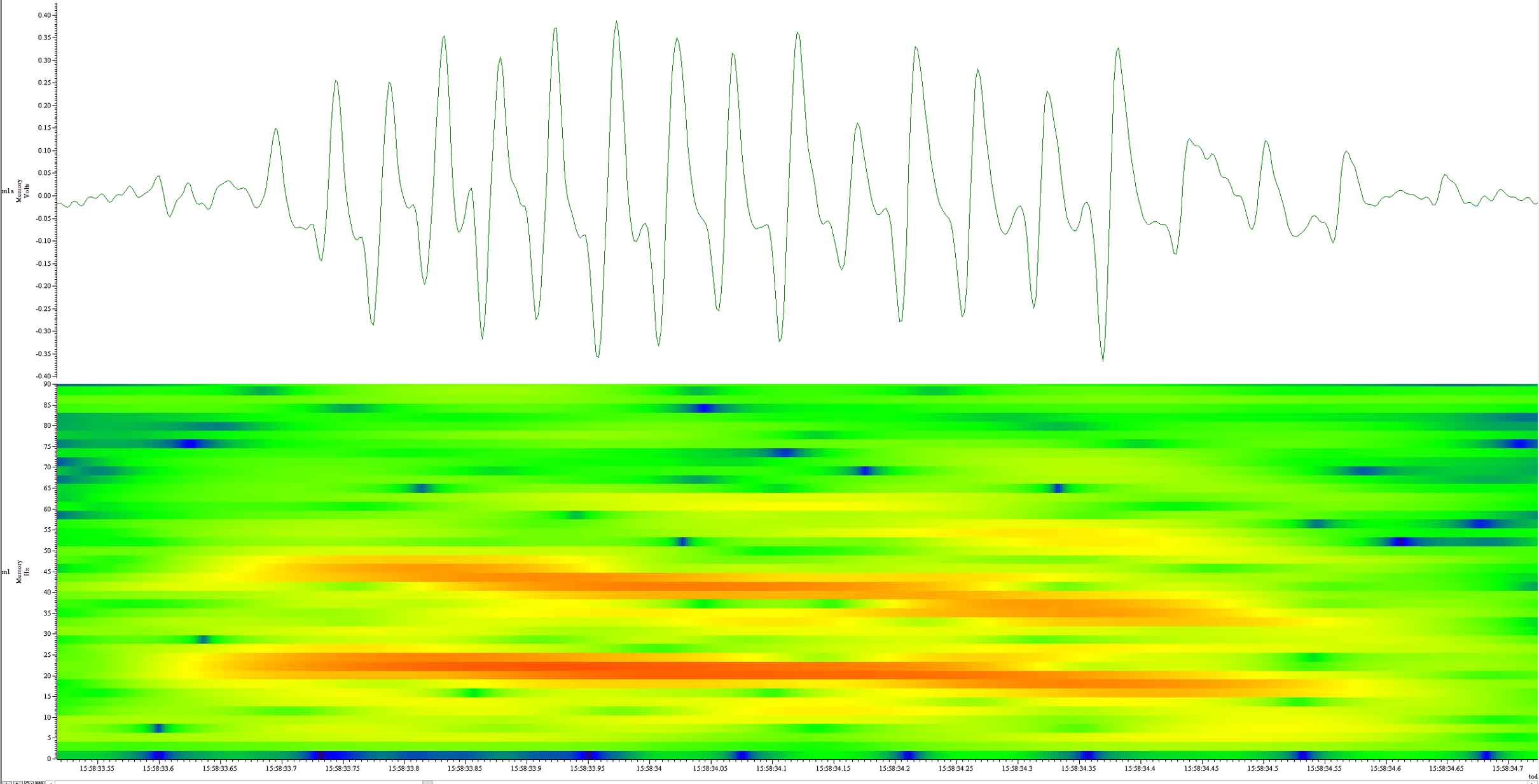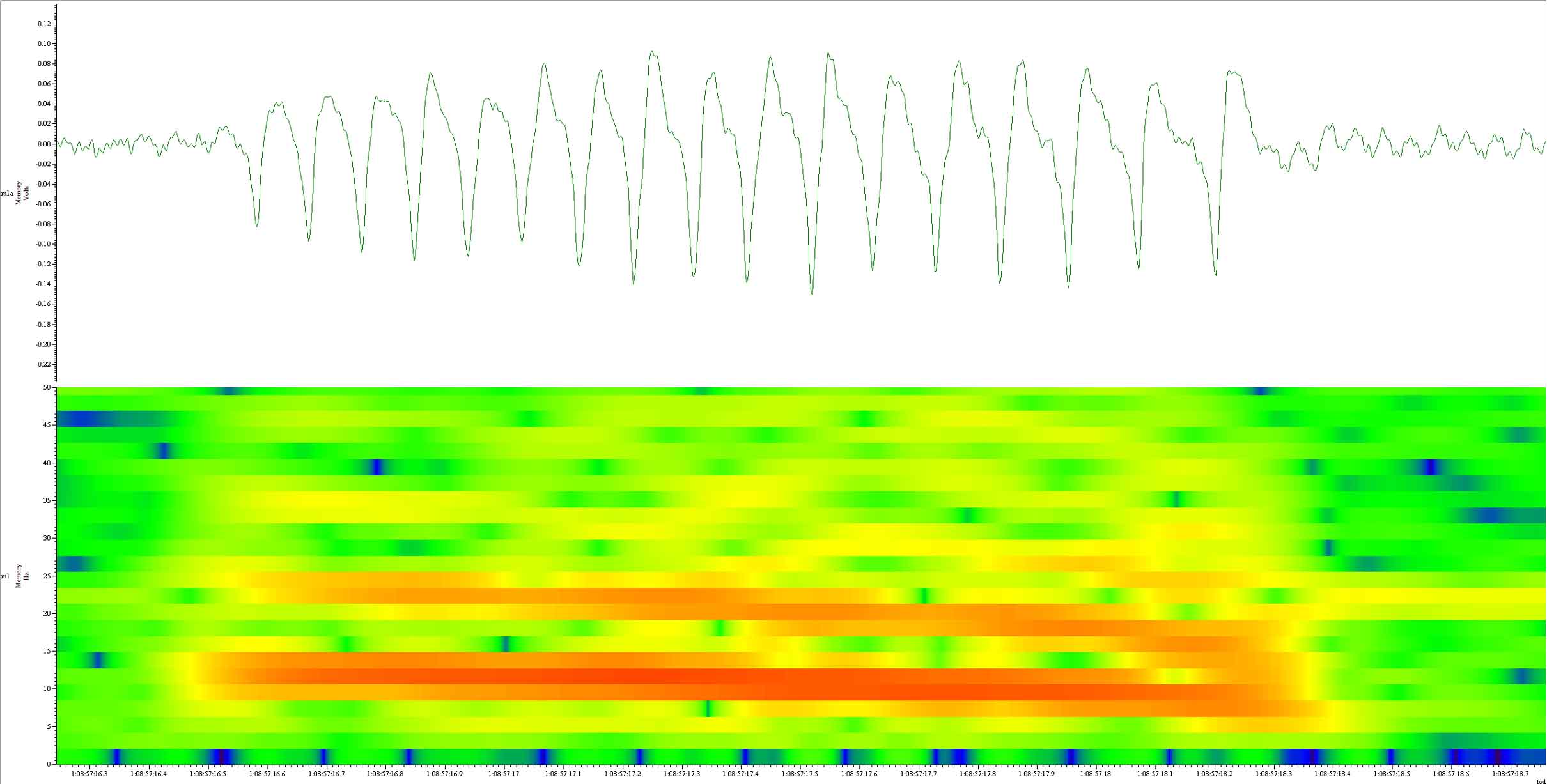FU Berlin | Neurobiology
Waggle run "pendulum theorem" Outdoors: Honeybees find a food source by maintaining a constant angle between the sun vector and the food vector.
The angular deviation is learned and communicated to the recruits.
|
In the dark hive: To communicate on a vertical frame, honeybees substitute the missing sun vector with the gravity vector,
whereby the top of the frame represents the direction towards the sun which points against gravity. |
How do bees experience gravity? While running on a vertical frame, a honeybee experiences static gravity mainly through its abdominal mass. The moment bees start waggling, the abdomen's pendulum mechanism is triggered. There are two competetive pendulum mechanisms: the hanging one for running upwards on the frame and the inverse one for running downwards. As a result, the pendulum's resonance frequency codes for different waggle directions, as shown in the graphs below. |
 |
waggle run initiated
pendulum triggered
dynamic gravity experience |
 |
running the
downwards loop
static gravity experience |
How is the angular deviation coded? While running directly upwards on a vertical frame, the mean frequency of the waggle run is 25Hz. For a direct, downwards waggle run, the inverse pendulum frequency is about 12.5Hz. There is a non-linear mixed mode range between these extremes. |
 |
25Hz
hanging
pendulum |
 |
 |
12.5Hz
inverse
pendulum |
 |
Downward and upward loops are coded differently. Each waggle run is followed by a loop downwards or upwards. When the bee starts to waggle, the mean frequency is adjusted during the first 180 milliseconds. This is followed by a sustained waggling phase which mainly codes for the distance to the food source. The stop phase is affected by the bee's preparation for the next loop downwards or upwards. Because the bee is already turning its body axis, the pendulum mechanism causes the frequency to drop more sharply for a downward loop than for an upward loop.
|
Conversion of the waggle dance frequency to the angular deviation of gravity for downward loops compared to upward loops:
|
start phase stop phase start phase stop phase
|
| synchronization loop downwards synchronization loop upwards |
Overall waggling (pendulum) interval about 1800 milliseconds |
Reading the distribution of food souces from ESF dance patterns Feeding sites 2013 and 2014 for different environments and sun positions:
Note: The sign of the angular deviation is not calculated here.
|
Walle June 2014: In this environment natural
food sources were located mainly west of the hive.
Plot of dance patterns for opposite sun positions:
at 5am (yellow dots) and at 3pm (pink dots).
Note: .
|
Amoeneburg feeding sites 2013:
Yellow feeder(blue dots)
Blue feeder(blue dots)
other bees(pink) | Amoeneburg feeding sites 2014: Yellow feeder(blue dots)
Blue feeder(blue dots)
other bees(pink) |
supplement 1: movement of the extremities
|
supplement 2: pull of gravity
|
supplement 3: force of the wings
|
supplement 4: dual pendulum
|
|